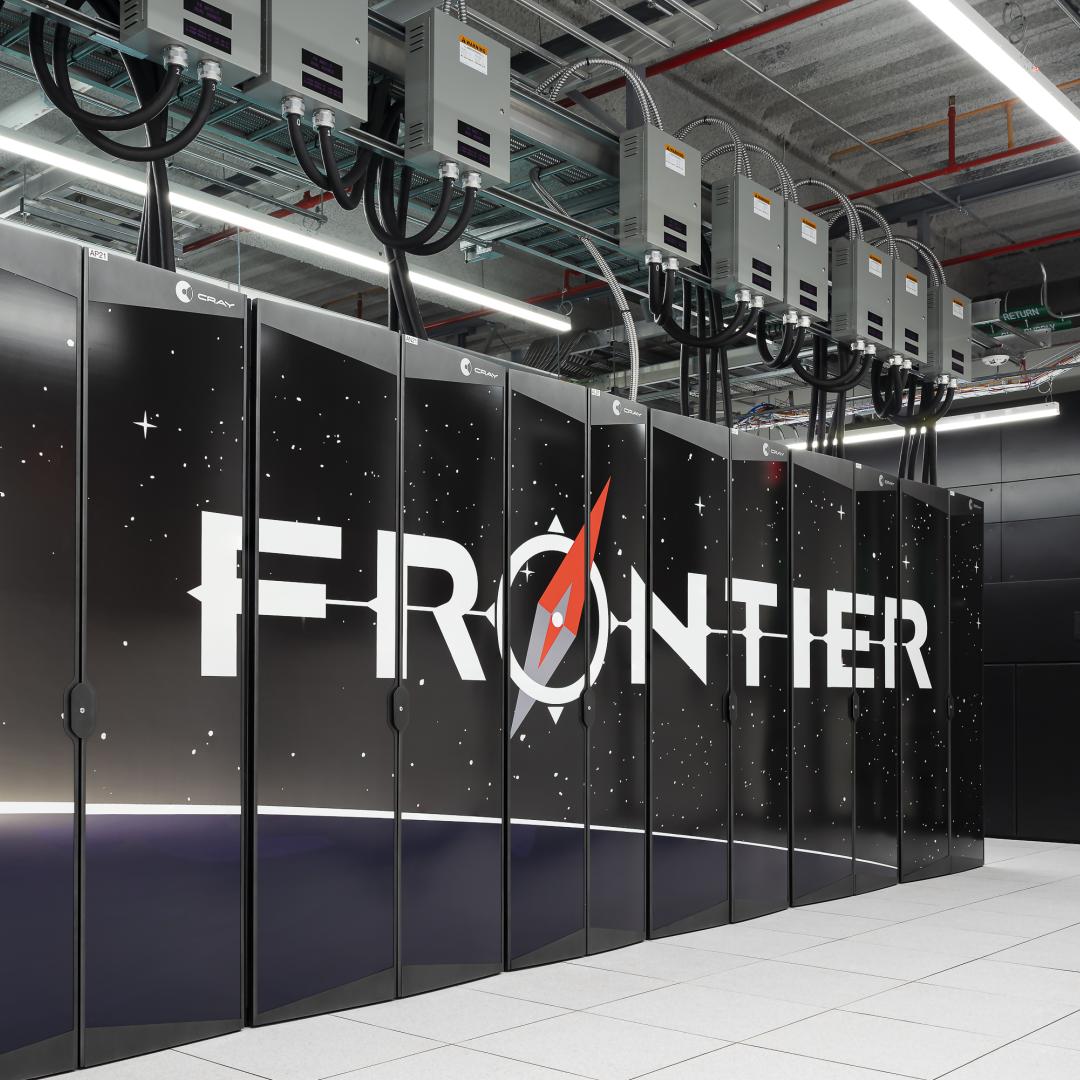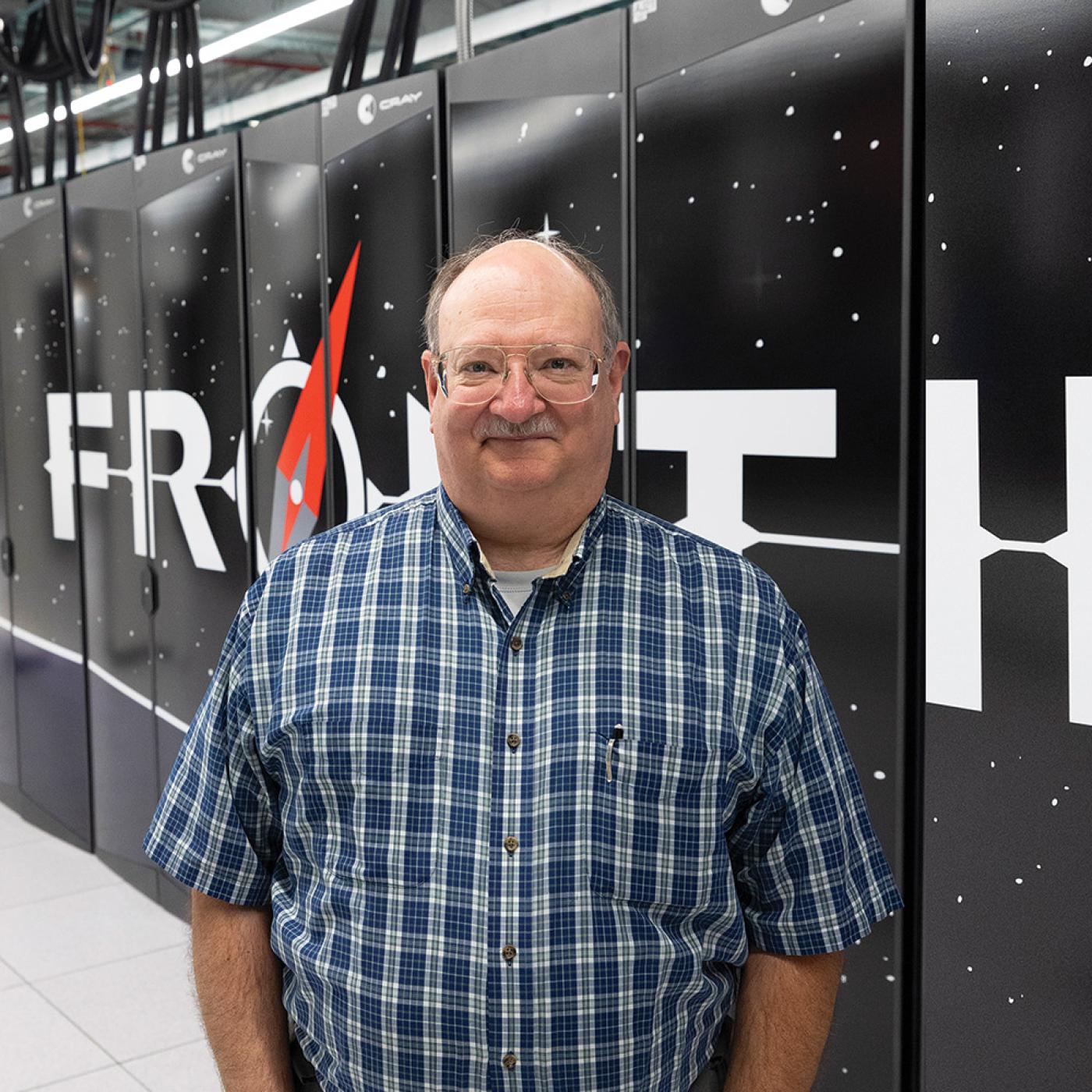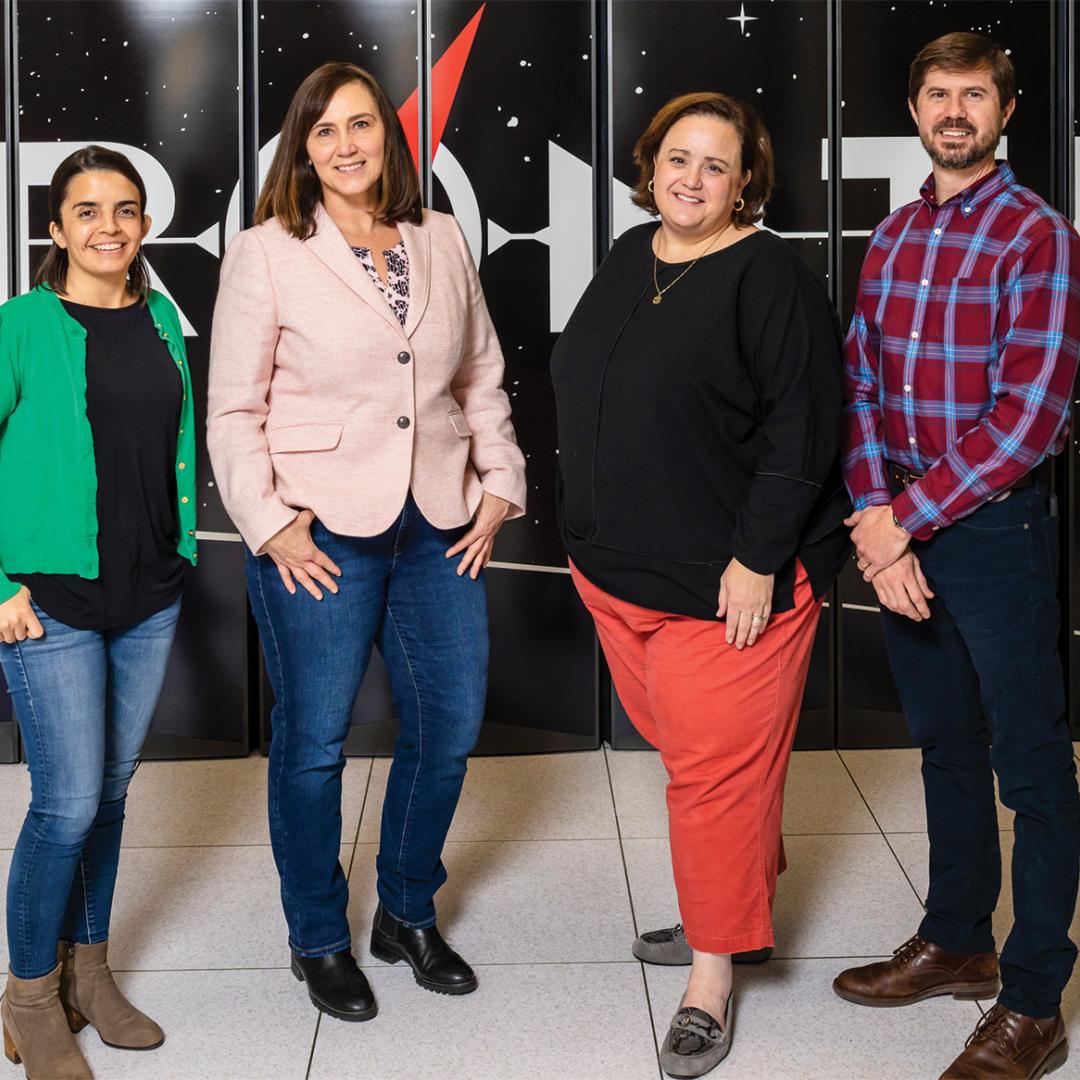Filter Issues
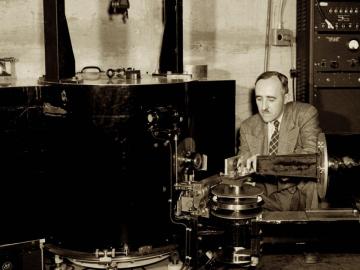
Ernest O. Wollan came to Oak Ridge from the University of Chicago as part of the top-secret Manhattan Project, but he had other ideas on what he could do with the world’s first operating nuclear reactor.
“I would like to attempt to measure the diffraction of neutrons by single crystals,” he wrote...
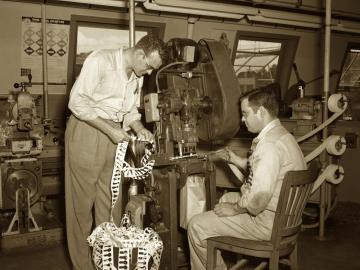
People were aware of ionizing radiation’s potential dangers well before World War II and the Manhattan Project. The death of radiation pioneer Marie Curie had been linked to radiation exposure, as had the diseases and deaths of workers who painted watch faces with radium paint.
Dose limits had, t...
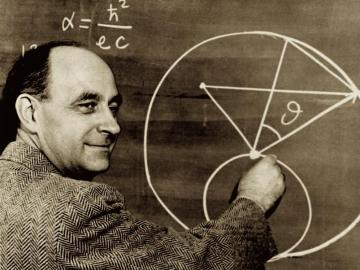
Two events in 1938 proved critically important to the course of World War II. In the first, German chemists Otto Hahn and Fritz Strassmann discovered nuclear fission. In the second, Italian physicist Enrico Fermi and his Jewish wife, Laura, left their home to avoid Italy’s new Racial Laws.
The co...
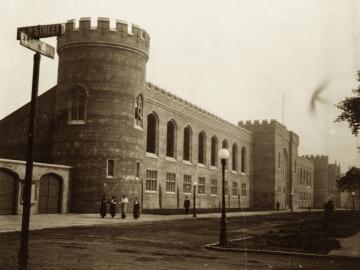
In the early days of the Manhattan Project, all roads led to the University of Chicago, where some of the 20th century’s most brilliant minds gathered at the Metallurgical Laboratory, the precursor of today’s Argonne National Laboratory. It was the site of the first nuclear reactor, a temporary c...
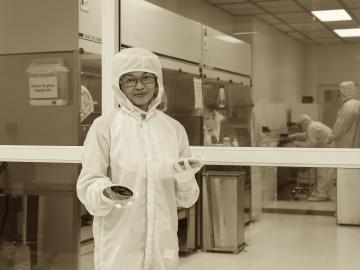
ORNL was built on Big Science—a term coined in 1961 by Alvin Weinberg—and 75 years later the lab is still dedicated to that approach. By gathering thousands of talented scientists and engineers and giving them access to uniquely powerful research facilities, ORNL accelerates both our access to fu...
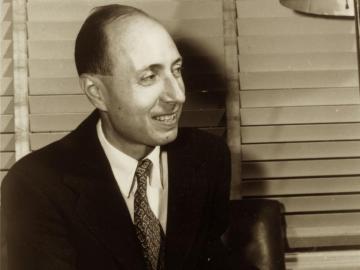
“Maybe there is something new here,” Eugene Wigner said to Clifford Shull when Shull described a problem he and Ernest Wollan had encountered with their early neutron scattering experiments. Wigner was right, and subsequent development of the neutron diffraction technique earned Shull a Nobel Pri...
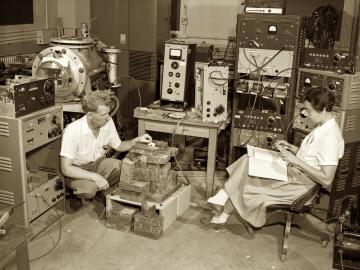
Although World War II ended in 1945, the study of nuclear energy had just begun. A federal agency was created in 1946 to manage the development of nuclear energy for both military and civilian purposes, and Gen. Leslie Groves handed over the keys for X-10 and its Graphite Reactor to the new Atomic E...


